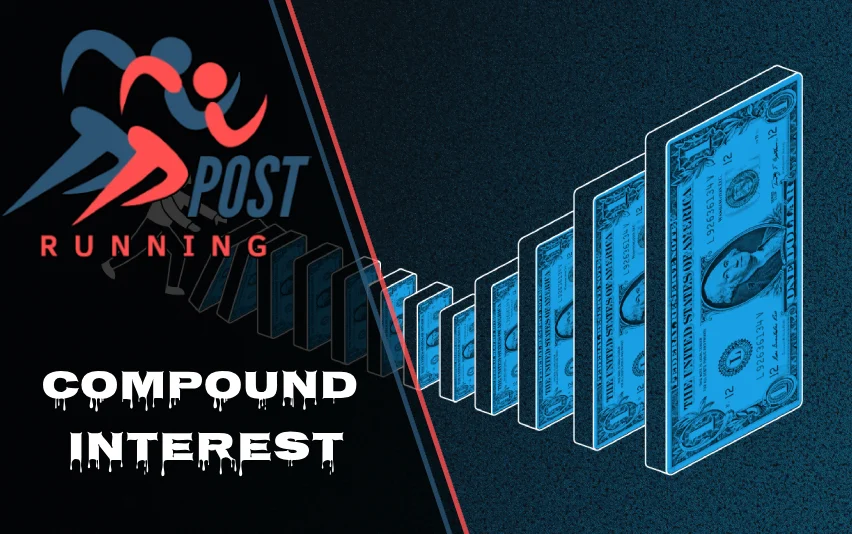Effective retirement income planning is the cornerstone of a secure and comfortable retirement. It’s about more than just saving money; it’s about creating a sustainable strategy that ensures you’ll have enough income to support your lifestyle throughout your golden years. This comprehensive guide will walk you through the key aspects of retirement income planning, helping you navigate the complexities and make informed decisions for your future.
Understanding Retirement Income Sources
When it comes to retirement income, diversification is key. Let’s break down the main sources you’ll likely encounter:
Social Security benefits are often the foundation of retirement income for many Americans. These government-provided payments are based on your work history and the age at which you start claiming benefits. While Social Security alone usually isn’t enough to maintain your pre-retirement lifestyle, it’s a crucial piece of the puzzle.
Pensions, though less common than they once were, can provide a steady stream of income in retirement. If you’re lucky enough to have a pension, it’s important to understand its terms and how it fits into your overall plan.
Annuities are insurance products that can offer guaranteed income for life. They come in various forms and can be a useful tool for creating predictable income, but it’s important to carefully consider their costs and terms.
Dividends and interest income from investments can provide a regular cash flow. This might come from stocks, bonds, or other investment vehicles.
Retirement accounts like 401(k)s and IRAs are tax-advantaged savings vehicles that can provide significant income in retirement. How you manage withdrawals from these accounts is a crucial part of your retirement income strategy.
Rental income from real estate investments can be another valuable source of retirement income. However, it’s important to consider the ongoing responsibilities of property management.
Balancing Guaranteed Income with Investment Growth
Creating a retirement income plan is like cooking a gourmet meal – you need the right mix of ingredients. In this case, you’re balancing guaranteed income sources with growth-oriented investments.
Guaranteed income sources, like Social Security, pensions, and certain types of annuities, provide a financial safety net. They ensure you’ll have a baseline income no matter what happens in the market. Think of these as your financial comfort food – they might not be exciting, but they’re reliable and satisfying.
On the other hand, growth-oriented investments like stocks have the potential to provide higher returns over time. These are like the spices in your financial recipe – they add flavor and excitement, but too much can upset the balance.
Creating a balanced portfolio means finding the right mix of guaranteed income and growth potential for your unique situation. This balance helps protect you from market volatility while still giving your money a chance to grow and keep pace with inflation.
Managing Withdrawal Rates
Once you’ve built your nest egg, the next challenge is figuring out how to use it. This is where withdrawal strategies come into play.
The 4% rule has long been a popular guideline. It suggests that if you withdraw 4% of your portfolio in the first year of retirement and adjust that amount for inflation each subsequent year, your money should last for a 30-year retirement. However, this rule has limitations. It doesn’t account for varying market conditions or changes in your personal circumstances.
Dynamic withdrawal strategies offer more flexibility. These approaches adjust your withdrawals based on market performance and your changing needs. For example, you might withdraw less in years when the market is down and more when it’s up.
The bucket approach is another strategy that divides your assets into different “buckets” based on when you’ll need them. Short-term needs are kept in cash or low-risk investments, while long-term needs can be invested more aggressively. This approach can help you weather market volatility and provide peace of mind.
Planning for Unexpected Expenses
Retirement planning isn’t just about regular income – it’s also about being prepared for the unexpected. Healthcare costs are often one of the biggest expenses in retirement, and they can be unpredictable. It’s crucial to factor these potential costs into your plan.
Emergency funds are just as important in retirement as they are during your working years. Having a cash reserve can help you avoid dipping into your investments during market downturns.
Long-term care insurance is another consideration. While it can be expensive, it can also provide valuable protection against the potentially catastrophic costs of extended care.
Tax-Efficient Strategies
Taxes don’t stop when you retire, but smart planning can help minimize their impact on your retirement income.
A tax-efficient withdrawal order can help you keep more of your money. Generally, it’s best to start with taxable accounts, then tax-deferred accounts like traditional IRAs, and finally tax-free accounts like Roth IRAs.
Roth conversions, where you convert traditional IRA funds to a Roth IRA, can be a powerful tool. While you’ll pay taxes on the converted amount, future withdrawals will be tax-free. This can be especially beneficial if you expect to be in a higher tax bracket in the future.
Utilizing tax-advantaged accounts like Health Savings Accounts (HSAs) can provide triple tax benefits – tax-deductible contributions, tax-free growth, and tax-free withdrawals for qualified medical expenses.
Retirement Income Planning Strategies
There are several strategies you might consider for generating retirement income:
- Interest and dividends only: This conservative approach aims to live off the income generated by your investments without touching the principal.
- Investment portfolio only: This strategy relies on systematic withdrawals from a diversified investment portfolio.
- Investment portfolio plus guarantees: This approach combines withdrawals from an investment portfolio with guaranteed income sources like annuities.
- Short-term cash flow reserve: This strategy involves keeping several years’ worth of expenses in cash or short-term investments, allowing your long-term investments more time to grow.
Each of these strategies has its pros and cons, and the best choice depends on your individual circumstances and risk tolerance.
Creating a Retirement Budget
A realistic retirement budget is the foundation of effective retirement income planning. Start by estimating your retirement expenses. Some costs may decrease in retirement (like commuting expenses), while others (like healthcare) may increase.
Consider your lifestyle goals. Do you want to travel extensively? Take up new hobbies? Your retirement budget should reflect the life you want to lead.
Don’t forget to account for longevity and inflation. People are living longer than ever, and even modest inflation can significantly erode your purchasing power over time. Your retirement income plan needs to factor in these long-term trends.
Timeline of Retirement Planning
Effective retirement income planning isn’t a one-time event – it’s a process that evolves as you move through different life stages. Here’s a timeline of key milestones:
| Age | Milestone |
|---|---|
| 50+ | Catch-up contributions allowed for retirement accounts |
| 59½ | Penalty-free withdrawals from retirement accounts begin |
| 62 | Earliest age to claim Social Security benefits |
| 65 | Medicare eligibility begins |
| 70 | Maximum Social Security benefit reached if delayed |
| 72 | Required Minimum Distributions (RMDs) begin for most retirement accounts |
Understanding this timeline can help you make strategic decisions about when to take certain actions, like increasing your savings or starting to draw on different income sources.
Key Components of a Retirement Income Plan
A comprehensive retirement income plan should include several key components:
- Needs assessment: This involves a thorough evaluation of your expected retirement expenses and income sources.
- Risk management: This includes strategies for mitigating various risks, from market volatility to longevity risk.
- Income source diversification: As we discussed earlier, having multiple income streams can provide more security and flexibility.
- Regular plan reviews and adjustments: Your retirement income plan should be a living document, regularly reviewed and adjusted as your circumstances change.
Conclusion
Effective retirement income planning is a complex but crucial process. It requires careful consideration of various income sources, thoughtful management of withdrawals, and strategic planning for taxes and unexpected expenses. By creating a balanced portfolio, implementing appropriate withdrawal strategies, and regularly reviewing and adjusting your plan, you can build a retirement income strategy that provides both security and flexibility.
Remember, there’s no one-size-fits-all approach to retirement income planning. Your plan should be tailored to your unique circumstances, goals, and risk tolerance. While this guide provides a comprehensive overview, it’s often beneficial to work with a financial advisor who can provide personalized guidance and help you navigate the complexities of retirement planning.
With careful planning and informed decision-making, you can create a retirement income strategy that allows you to enjoy your golden years with confidence and peace of mind.
Discover more fascinating insights—explore Running Posts today.















